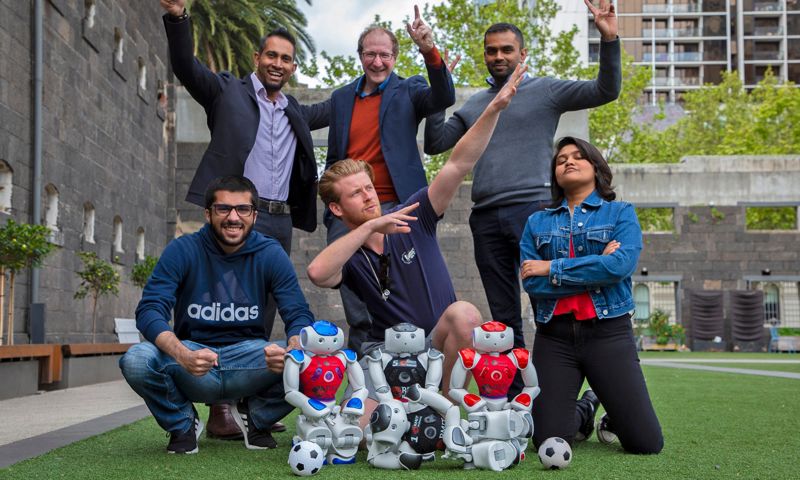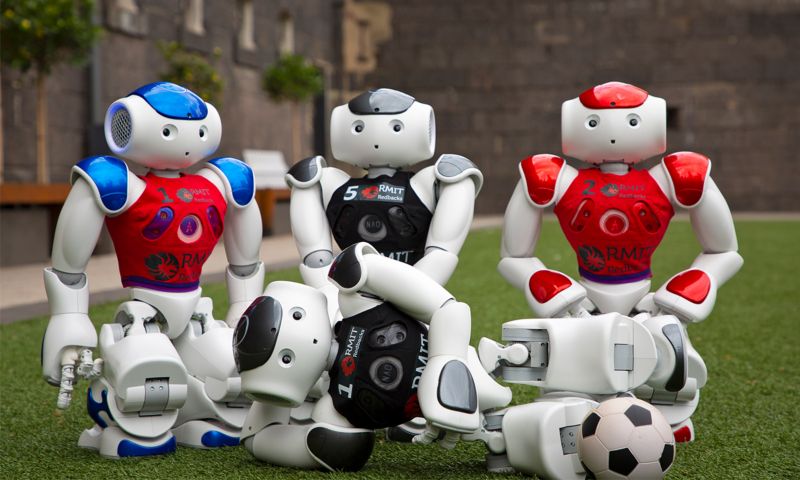3D printing has been a game changer for manufacturing in the aviation, aerospace, automotive and healthcare industries, and in RMIT’s Advanced Manufacturing Precinct (AMP) students and researchers are developing robotics, aero type components and surgical implants.
The AMP is the largest additive manufacturing facility in Australia. It's where biomedical engineering, and more specifically, Associate Degree in Digital Technologies (Advanced Manufacturing) students complete their capstone project, fully equipped with the latest FESTO cyber physical system lab, robotics stations, a FESTO mini factory and state-of-the-art Siemans software.
The research conducted at the AMP combines RMIT’s expertise in technology and design innovation with a focus on additive manufacturing. RMIT's additive manufacturing teaching and research is not only training the next generation of engineers they’re also helping industry adopt new advanced manufacturing technologies.
In recent years, the AMP partnered with Europe’s leading 3D printing institute, the Fraunhofer Institute for Material and Beam Technology IWS, to support the transformation of Australian manufacturing through student exchanges, PhD supervision and joint research projects that focus on using advanced 3D printing technologies to manufacture and repair high value-added products.



.jpg)

